Growth in the Beverage Industry
The Organic Cane Sugar Market is experiencing growth driven by the expanding beverage industry, particularly in the realm of organic and health-focused drinks. As consumers increasingly seek beverages that are free from artificial ingredients, organic cane sugar is becoming a favored sweetening option. Recent market analysis indicates that the organic beverage sector is projected to grow at a rate of 6% annually, creating a substantial demand for organic cane sugar as a key ingredient. This trend presents a lucrative opportunity for producers within the Organic Cane Sugar Market to establish partnerships with beverage manufacturers, thereby enhancing their market presence and driving sales.
Expansion of Organic Food Sector
The Organic Cane Sugar Market is poised for growth due to the expansion of the organic food sector. As more consumers prioritize organic products, the demand for organic cane sugar is expected to rise correspondingly. Recent statistics suggest that the organic food market has been growing at a rate of around 8% annually, indicating a robust consumer preference for organic ingredients. This trend is likely to encourage food manufacturers to incorporate organic cane sugar into their products, thereby enhancing its visibility and availability in the marketplace. The Organic Cane Sugar Market stands to gain from this momentum, as it aligns with the broader movement towards sustainable and health-oriented food choices.
Supportive Regulatory Environment
The Organic Cane Sugar Market is likely to benefit from a supportive regulatory environment that encourages organic farming and production. Governments in various regions are implementing policies that promote organic agriculture, including subsidies and incentives for organic farmers. This regulatory support not only enhances the viability of organic cane sugar production but also fosters consumer trust in organic products. As a result, the Organic Cane Sugar Market may see increased investment and growth opportunities, as producers are encouraged to expand their operations and meet the rising consumer demand for organic sweeteners. This supportive framework could play a crucial role in shaping the future landscape of the market.
Rising Demand for Natural Sweeteners
The Organic Cane Sugar Market experiences a notable increase in demand for natural sweeteners as consumers become more health-conscious. This shift is driven by a growing awareness of the adverse effects of artificial sweeteners and refined sugars. According to recent data, the market for natural sweeteners is projected to grow at a compound annual growth rate of approximately 5.5% over the next five years. This trend indicates a significant opportunity for organic cane sugar producers to capture a larger share of the sweetener market. As consumers seek healthier alternatives, the Organic Cane Sugar Market is likely to benefit from this transition, positioning itself as a preferred choice for both consumers and manufacturers alike.
Increased Awareness of Sustainable Practices
The Organic Cane Sugar Market benefits from the increasing awareness of sustainable agricultural practices among consumers and producers alike. As environmental concerns become more pronounced, consumers are gravitating towards products that are produced sustainably. This shift is reflected in the rising demand for organic cane sugar, which is often associated with environmentally friendly farming methods. Data indicates that consumers are willing to pay a premium for sustainably sourced products, which could enhance the profitability of the Organic Cane Sugar Market. This trend suggests that producers who adopt sustainable practices may not only meet consumer expectations but also contribute positively to environmental conservation.


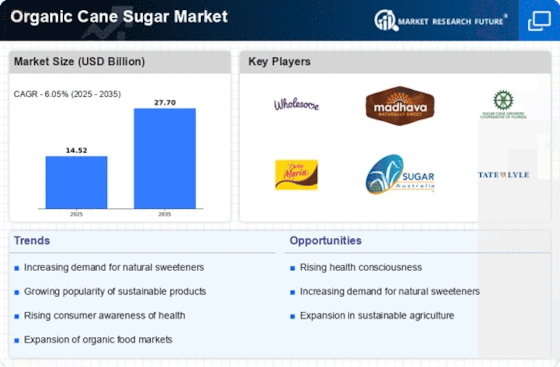
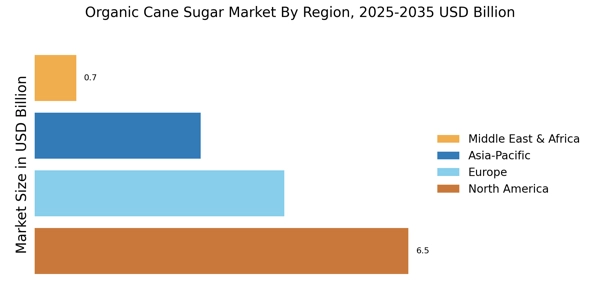
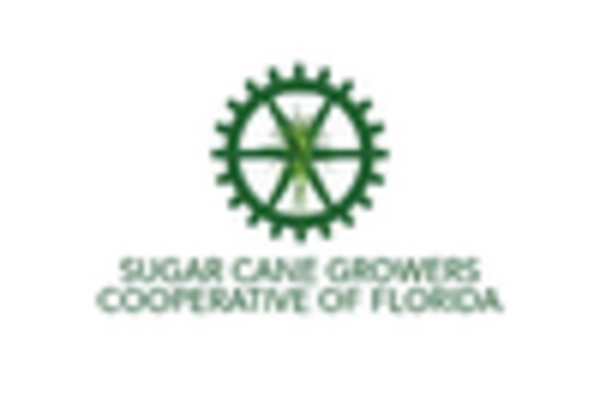
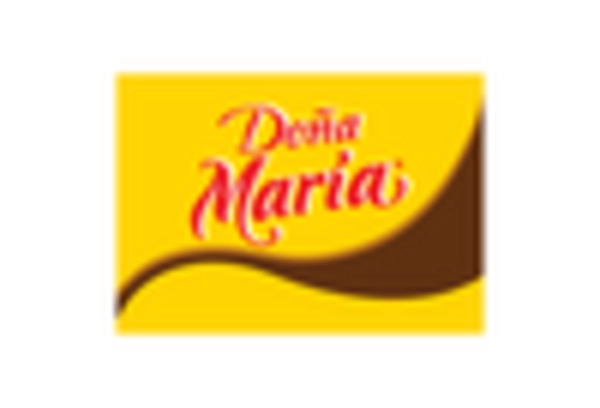
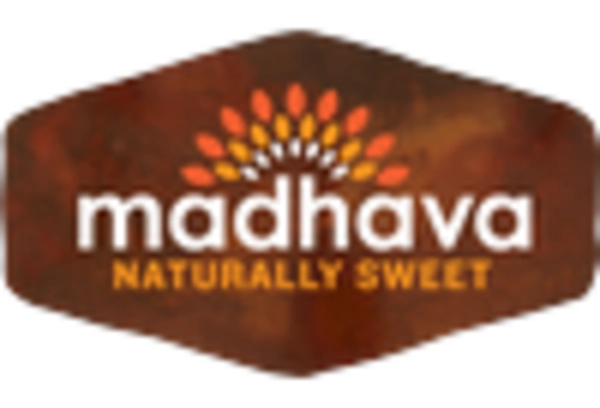
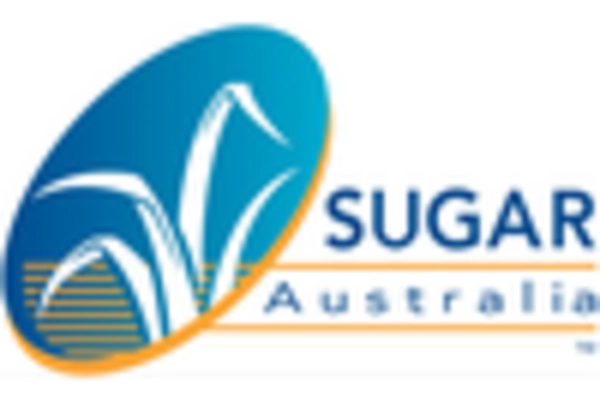
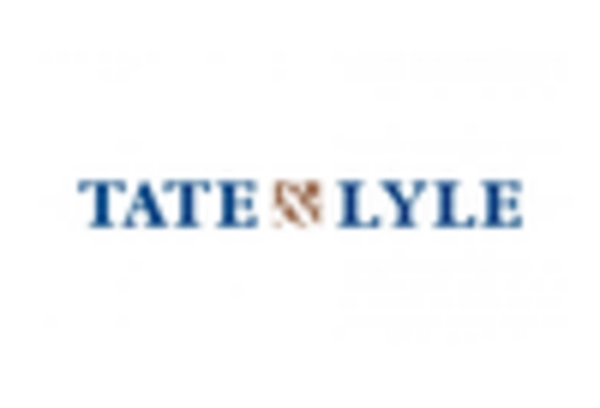
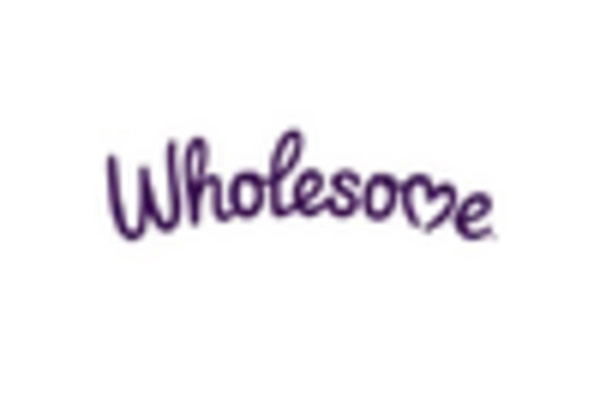








Leave a Comment